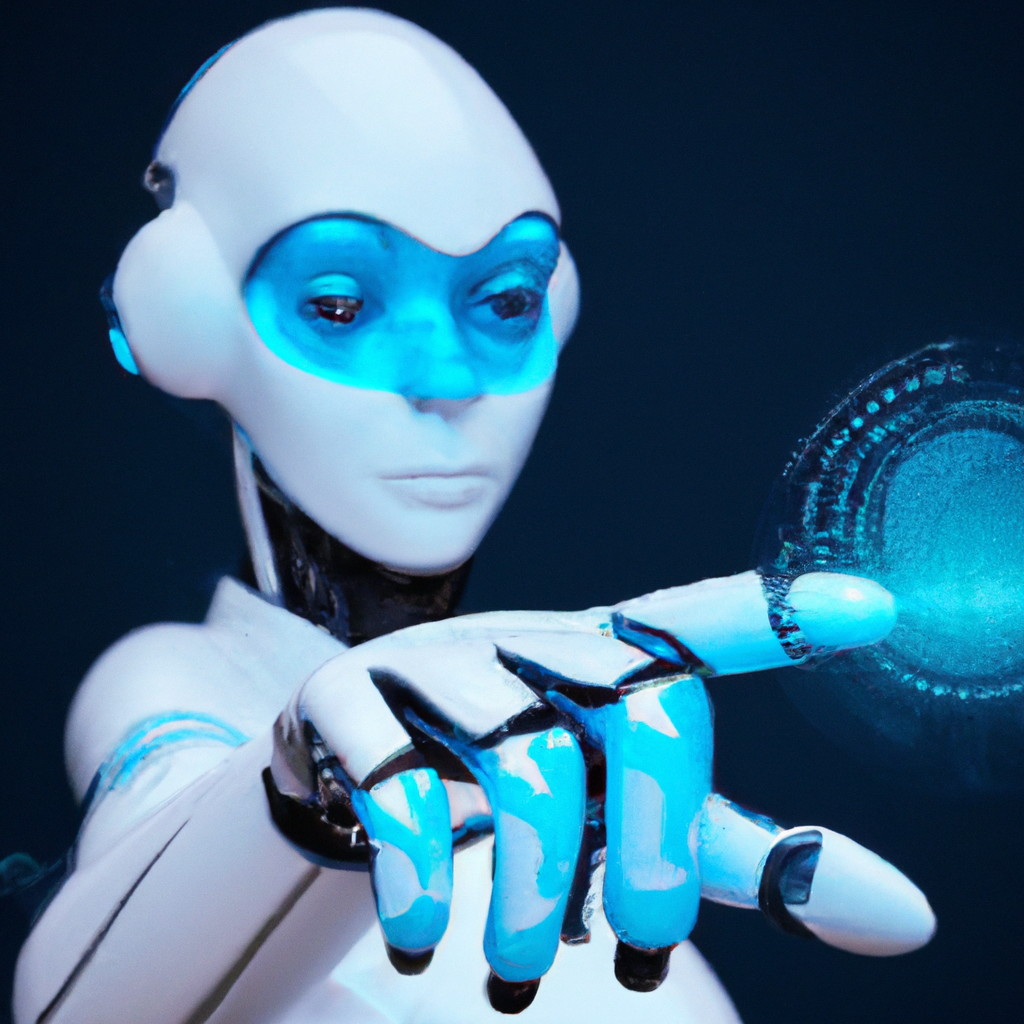
OpenAI Adds a Vibe Check to its Chatbot-Capabilities
Key points:
- OpenAI has rolled out an image analysis feature for its chatbot. ‘
- The AI chatbot can now provide detailed descriptions, comment, or react to images shared with it.
- This feature makes AI chatbots incredibly accurate and powerful, but it’s not without its concerns.
- The primary concern revolves around privacy as users are sharing personal images.
- OpenAI could potentially use these images to train its models further, which presents a security risk.
- Despite the potential risks, this update could revolutionize how we interact with AI chatbots.
AI Sees Picture, Says Thousand Words
World, meet the Big Brain with discerning taste. That’s right, OpenAI, the powerhouse behind GPT-3, added a new feature to its chatbot. It can now analyze images, interpret context, generate precise descriptions, and (for those of us who crave personification) even offer commentary. Just imagine waking up and instead of begging Alexa for weather updates, you’re showing your AI chatbot a photo of the sunrise and asking, “What does this day hold for me?” Wild, right?
This detail-packed feature is just another step towards a future where AI does more than just take orders. It’s going door knocking into the territory of forming subjective observations, meaning it’s now critical to discuss both the innovation it presents and the potential risks that come along with it.
Dystopia or Utopia?
It’s a dazzling display of technology when you send an AI an image of your just-assembled Ikea bookshelf and it replies, “Stellar job, but you missed a screw in the upper right corner.” However, this cool functionality raises quite a few eyebrows. Especially when you consider you’re sending personal or potentially sensitive images and hoping the AI will respect your privacy and confidentiality. The unnerving part is OpenAI might use the images shared to further train its models. “Sharing is caring” takes on a whole new meaning in this context, doesn’t it?
So what are we looking at here? A game-changer in the way we interact with AI? Yes. But also a potential Orwellian nightmare where private images shared might become training fodder for AI eyes? Also, yes.
Future ABCs: AI, Bot & Chatbots
Regardless of these concerns, this image analysis feature represents a quantum leap in AI chatbot abilities. Imagine the potential applications – from helping visually impaired individuals interpret images, providing art critique, or even engaging in meme humor. AI, it seems, is shifting from being a mere tool to becoming a digital companion.
“Hot Take” Time
Call me old fashioned, but I get a little nervous at the thought of an AI passing judgment on my fashion choices or assessing my living room’s feng-shui. While this advancement is undeniably impressive – and somewhat hilarious, for those of us who’ve always fancied the idea of a robot buddy commenting on our meme collection – it feels unnervingly like we’re hurling towards a future where privacy is becoming increasingly elusive.
Every new technology slices the pie of possibilities into a two-sided coin, one with breakthrough innovation, and another with potential misuse or harm. I’m not saying let’s all go Luddite and toss our smart devices into the river. But I am suggesting that while enjoying this new role of AI as an image interpreter, let’s also engage in a true reflection of the risks involved.
In the end, as we become more familiar, more involved with this breed of AI chatbots, it is imperative to remember that behind every AI humorist or insightful art critic, there’s a model trained on abundant data. Including, perhaps, the one where you showed it that cat yoga position or the photo of your latest culinary disaster. So, let’s use this advancing technology – but maybe with a grain of salt or, in this case, a wink at the chatbot.